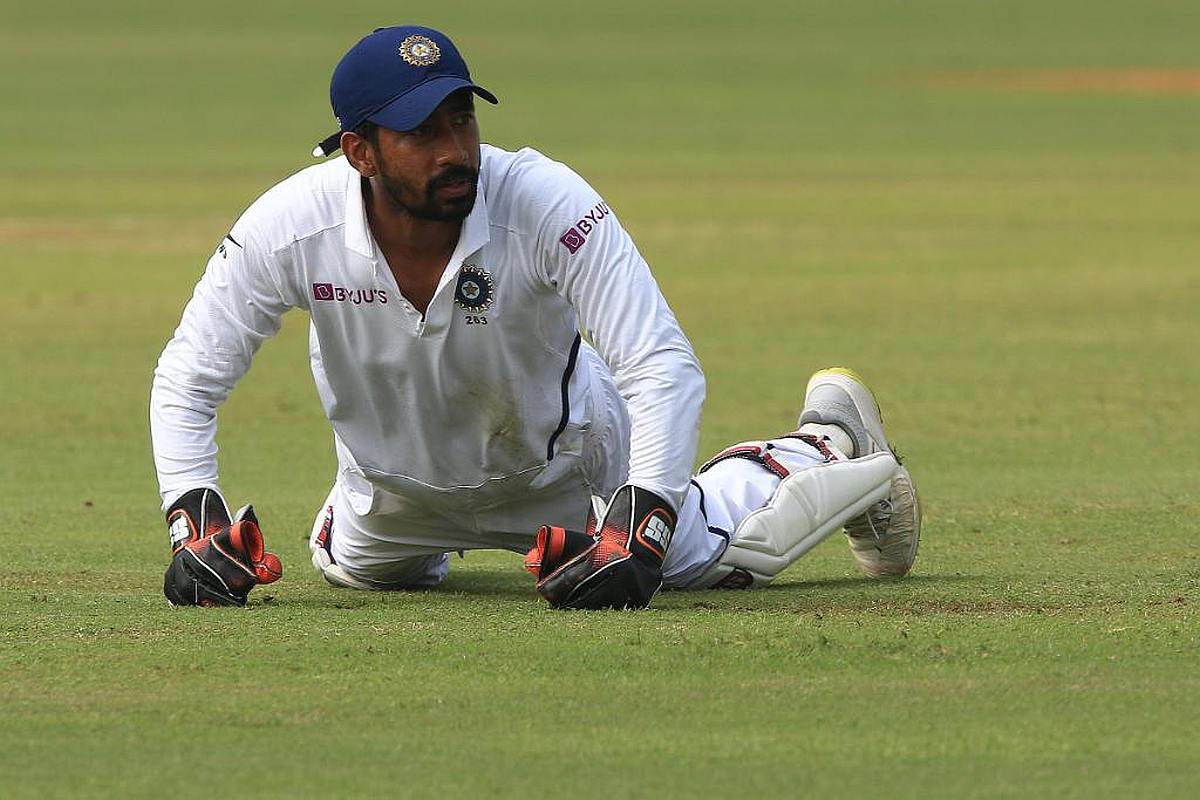The build-up to the first Test in Australia this time around risked sowing gratuitous confusion, amid the Wriddhiman Saha-or-Risabh Pant clash of cerebral swords, when it came to be said, by way of celebrity speak, that you needed your best wicketkeeper for home matches on tricky tracks with spinners around but the better batsman among for overseas ones, when standing back would do.
Not that regional reactions either way can be a criterion in decision-making but the right reason for a selection had better be spelt unambiguously out when a first-choice XI, on tour or not, is required to be fielded in the national interest. The case for Pant was argued ~ and that was quite all right ~ on the foundation of his century in one of the tour matches, buttressing his standing as a wicketkeper who could be eminently useful with the bat, as he had been when India won their first Test series Down Under two years ago.
Advertisement
Whether he is from Delhi or Deoghar is of no consequence. Saha’s wicketkeeping credentials are deemed stronger ~ coach Ravi Shastri customarily describes him as “the world’s best” ~ and it was when he, injured, was obliged to stay out of the previous series that Pant made the most of the opportunity to compel popular attention as someone who could be relied upon to fit nicely in even when the demands on an incumbent’s skill set were sky-high.
Equally truly, wicketkeepers have in the contemporary game come frequently to be picked for their batting utility, an area where Saha has perhaps been assessed as one less urgently to be gone to in the time of an emergency.
Whether he can dominate the bowling on Australian wickets would have been another aspect of uncertainty. Classical thinking would surely have prioritised a wicketkeeper’s acumen behind the stumps – and India seem to have done so, going by their choice of personnel for Adelaide ~ way above his punitive powers with the bat but captains and managers today the world over might not be inclined to cast off the man with the stronger bat rightaway.
And, as celebrities acknowledged, Pant was thought of as a bulwark against Australian pace aggression given India’s top-order batting uncertainties and infirmities. But the top ones get in because they belong there and to bung someone else in anticipation of their failure might not really be what the doctor would recommend. And if circumstances dictate the inclusion of someone for a specific skill, he will have to be considered the best in the lot for the moment.
But when calibrated evaluations of competing cricketers’ attributes lead up to a conclusion where narrowly defined niches are pointed at for players good enough to be in the national mix, you are apt to be left wondering if the batsmen as well as the wicketkeepers are not befuddled.
Hardly a good gameplan, that.









